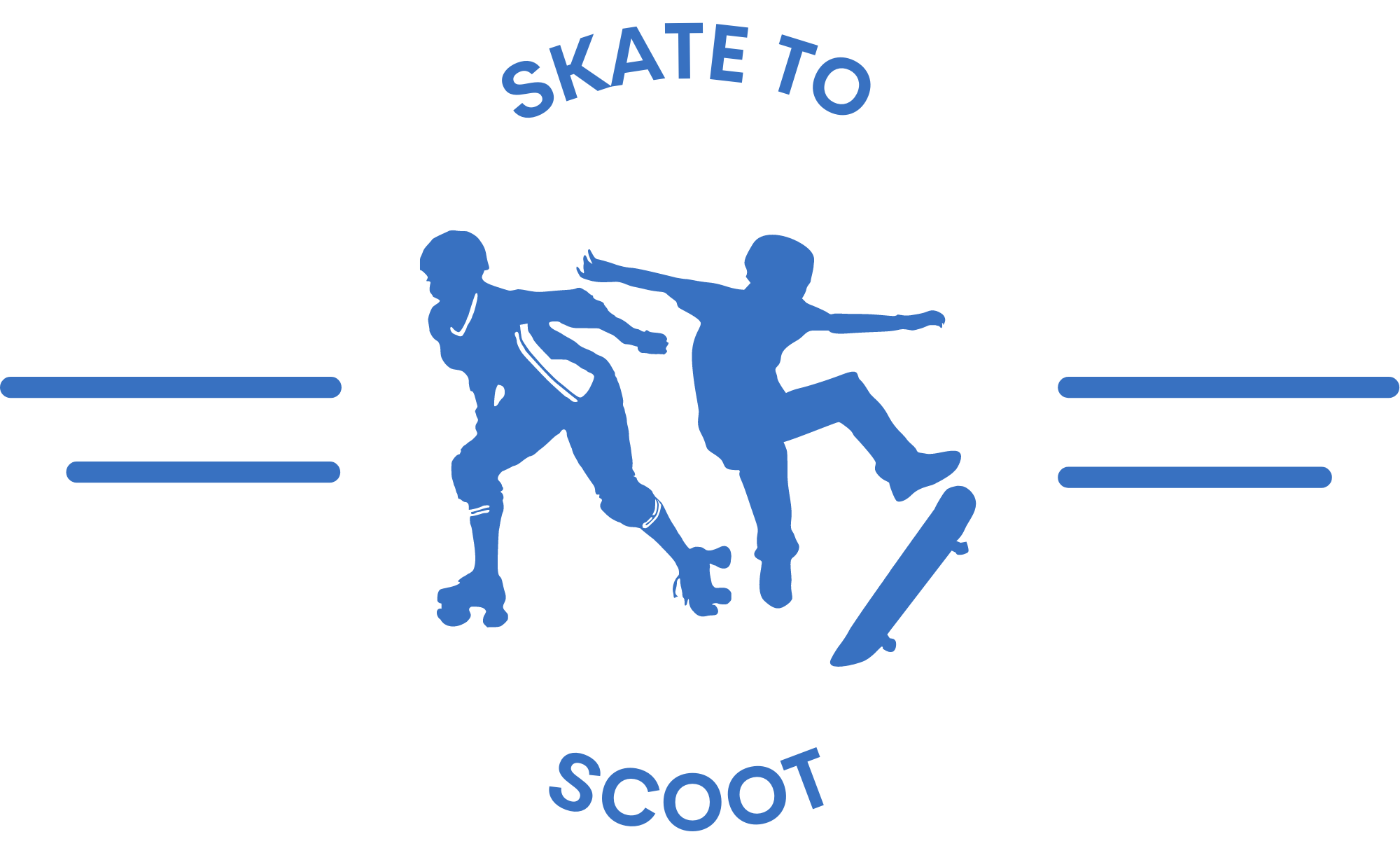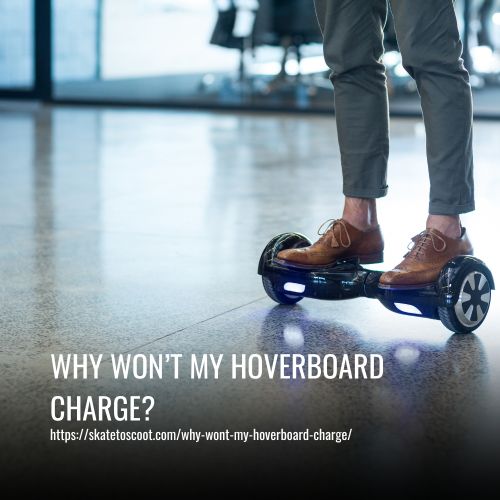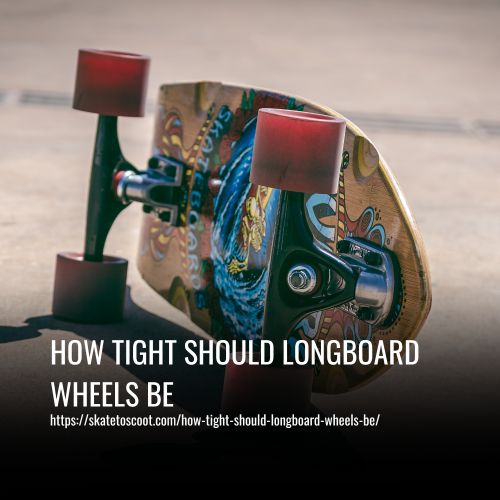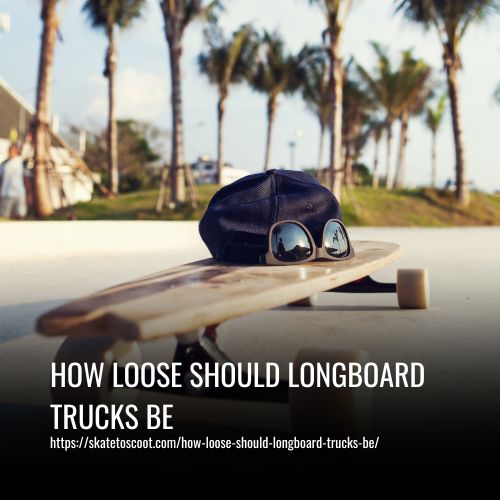As an Amazon Associate we earn from qualifying purchases.
Longboards can be dangerous if not used properly or if safety precautions are not followed. It is important to wear protective gear such as a helmet, knee pads, and elbow pads when riding a longboard. Additionally, riders should be aware of their surroundings, follow traffic laws, and avoid riding in busy or high-traffic areas.
Proper maintenance of the longboard, including regular inspections of the wheels, trucks, and bearings, is also important to ensure safe riding.
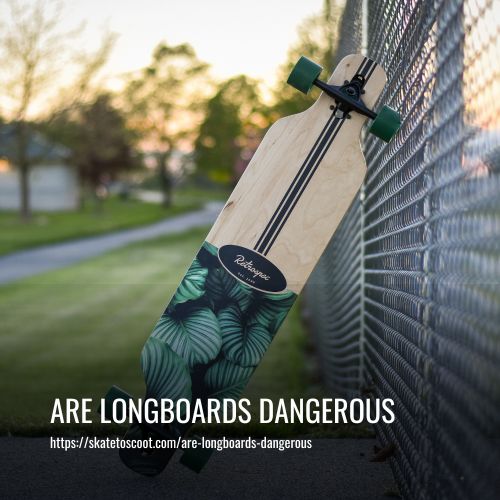
The Risk of Injury by Longboarding
Longboarding is a popular sport and means of transportation, but is it dangerous? While longboarding can be an enjoyable and thrilling activity, it is not without its risks. However, there is limited research available specifically on longboarding injuries.
Understanding the risk of injury is of utmost importance when participating in any physical activity. Although research on longboarding injuries is scarce, it is crucial to acknowledge that injuries can occur and take appropriate measures to prevent them.
Common injuries associated with longboarding include fractures, head injuries, and traumatic brain injuries. When longboarders are involved in accidents, they can sustain severe injuries such as intracranial hemorrhage or skull fractures.
To reduce the risk of injuries, longboarders should consider wearing protective gear such as a full-face helmet, slide gloves, and knee and elbow pads. In addition, practicing proper techniques, knowing and obeying traffic rules, and performing proper precautions like foot braking, air braking, and wearing visibility gear can diminish the risk of accidents.
Potential Injuries from Longboarding
Longboarding, like any other sport or activity, comes with its own set of potential risks and injuries. Whether you are a beginner or an experienced rider, it is important to be aware of the potential dangers associated with longboarding.
While longboarding can be a thrilling and enjoyable experience, it is crucial to prioritize safety and take the necessary precautions to minimize the risk of injuries. In this article, we will explore some of the potential injuries that can occur while longboarding and discuss the safety gear and precautions that can help prevent them.
Head Fractures and Traumatic Brain Injury
Head fractures, also known as skull fractures, occur when there is a break in the bones that make up the skull. In longboarding accidents, head fractures can happen as a result of a direct impact on the head, such as a fall or collision. These fractures can vary in severity, ranging from minor cracks to more severe breaks that may require surgical intervention.
TBI, on the other hand, refers to an injury to the brain that disrupts its normal functioning. In longboarding accidents, the sudden jolt or impact to the head can cause the brain to move inside the skull, leading to bruising, swelling, or bleeding. This can result in a range of symptoms and long-term effects, including cognitive impairments, personality changes, language difficulties, and even permanent disabilities.
The potential consequences of head fractures and TBI can be life-altering. They can affect an individual’s ability to work, participate in everyday activities, and enjoy a good quality of life. Recovery from head fractures or TBI often involves lengthy medical treatment, rehabilitation, and sometimes lifelong care.
To minimize the risk of head fractures and TBI in longboarding accidents, it is crucial to wear appropriate protective gear, such as a full-face helmet, which can provide better protection compared to standard bicycle helmets. Additionally, learning and practicing proper techniques, following traffic rules, and wearing other protective equipment like slide gloves can significantly reduce the risk of these injuries.
Intracranial Hemorrhage
Intracranial hemorrhage is a serious and potentially life-threatening injury that can occur as a result of longboarding accidents. It occurs when there is bleeding within the skull and can be caused by a variety of factors, including a direct impact on the head or a sudden jolt that causes the brain to collide with the skull.
The symptoms of intracranial hemorrhage can vary depending on the severity of the bleeding and the location of the injury. Common symptoms include severe headaches, confusion, dizziness, nausea or vomiting, seizures, loss of consciousness, and weakness or numbness in the limbs.
The severity of intracranial hemorrhage can range from mild to severe, and it can pose significant risks to the individual’s health and well-being. In some cases, it may require emergency medical intervention, such as surgery, to stop the bleeding and alleviate the pressure on the brain.
Several risk factors may increase the likelihood of intracranial hemorrhage during longboarding. These include riding at high speeds, engaging in downhill longboarding without proper protective gear, not following traffic rules or safety precautions, and riding on rough or uneven surfaces.
Severe Injuries and Broken Bones
Longboarding can be an exciting and exhilarating activity, but it also comes with potential risks. One of the most common severe injuries that can occur while longboarding is broken bones, including arm fractures. The high speeds and the impact of falls can lead to bone snapping and fractures occurring.
Not only do broken bones pose a significant risk, but injuries to the skin and head also need to be taken seriously. Traumatic brain injuries can result in long-lasting effects and can even be life-threatening. Head fractures can lead to intracranial hemorrhage, causing severe symptoms such as headaches, confusion, and loss of consciousness.
It is important for longboarders to understand and be aware of these risks before engaging in this activity. By acknowledging the potential for severe injuries and broken bones, individuals can make informed decisions about their safety and take the necessary precautions. Wearing protective gear such as helmets and slide gloves can greatly reduce the risk of head and skin injuries.
Common Injuries from Longboarding Accidents
Longboarding accidents can result in a variety of common injuries, ranging from minor cuts and bruises to more severe head and brain injuries. One of the most prevalent types of injuries seen in longboarding accidents is skull fractures. The impact from a fall or collision can cause the skull to crack or break, leading to significant pain and potential complications.
Traumatic brain injuries (TBI) are another frequent occurrence in longboarding accidents. The forceful impact on the head can result in the brain being jostled within the skull, causing bruising, bleeding, or swelling. Symptoms of TBI can vary from mild to severe and may include headache, dizziness, confusion, and even loss of consciousness.
Intracranial hemorrhage (ICH) is also a concern in longboarding accidents. This refers to bleeding inside the skull, which can put pressure on the brain and lead to severe symptoms. The risk of ICH is particularly high with head fractures, as the broken bone may cause damage to blood vessels, resulting in internal bleeding.
Longboarders often experience cuts and heavy bleeding of the head due to the faster speeds and increased force involved in this activity compared to regular skateboarding. The risk of these injuries can be further compounded by factors such as speed wobbles and the lack of protective gear.
Ways to Protect Yourself While Longboarding
Longboarding can be a thrilling and exhilarating activity, but it’s important to take the necessary steps to protect yourself from potential injury. Here are a few ways you can reduce your risk while longboarding:
Wearing Protective Gear and Safety Equipment
When it comes to longboarding, wearing the proper protective gear and safety equipment is essential. These precautions can help prevent severe injuries and even save lives. One of the most crucial pieces of equipment is a helmet, which protects the head from traumatic brain injuries and skull fractures. It is recommended to use a full-face helmet for added protection.
In addition to helmets, there are other types of protective gear that should be worn while longboarding. Knee pads and wrist guards are essential in preventing severe injuries, such as fractures and intracranial hemorrhage. These protective gears provide cushioning and support to vulnerable areas of the body.
It is important to choose protective gear that is specifically designed for longboarding and skateboarding purposes. Standard bicycle helmets may not provide adequate protection for the specific risks and speeds involved in longboarding. Other recommended gear includes slide gloves for better board control, especially during downhill longboarding, and elbow pads for added protection.
FAQs
Longboarding does come with certain risks, as with any sport or activity. However, taking proper safety precautions and wearing protective gear can significantly minimize the risk of injury. It is essential to choose the right gear and learn proper techniques to ensure a safe longboarding experience.
Longboarding injuries can range from minor abrasions to more severe fractures, head injuries, and intracranial hemorrhage. While these injuries are possible, they can be greatly reduced by wearing protective gear and practicing good board control.
Longboards come in various shapes and sizes, each suitable for different longboarding disciplines. Some of the most common types include downhill longboards, cruising longboards, freestyle longboards, and electric longboards. Choosing the right type of longboard depends on your desired riding style and preferences.
Wearing proper protective gear, such as a certified helmet, knee pads, wrist guards, and elbow pads, is vital to protect yourself from potential injuries. It is also crucial to learn and practice proper techniques, follow traffic rules, ride on smooth surfaces, and be mindful of the speed limits.
Some common concerns may include the risk of accidents, head injuries, and the speed involved in downhill longboarding. Educating yourself about safety precautions, using suitable protective gear, and practicing responsible riding can help address these concerns.
Conclusion:
While there are risks involved with any sport or activity, longboarding can be a thrilling and safe way to enjoy the outdoors. By taking the necessary precautions, wearing protective gear, and practicing proper techniques, you can minimize the chances of accidents or injuries.
So, grab your longboard, hit the streets, and embrace the exhilaration of this incredible sport! Remember, life is too short to not embrace the thrill. Keep shredding and stay safe!
Amazon and the Amazon logo are trademarks of Amazon.com, Inc, or its affiliates.
